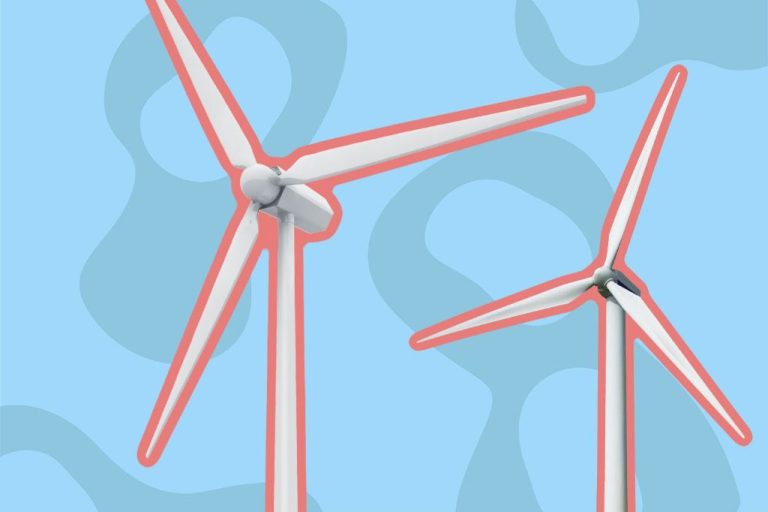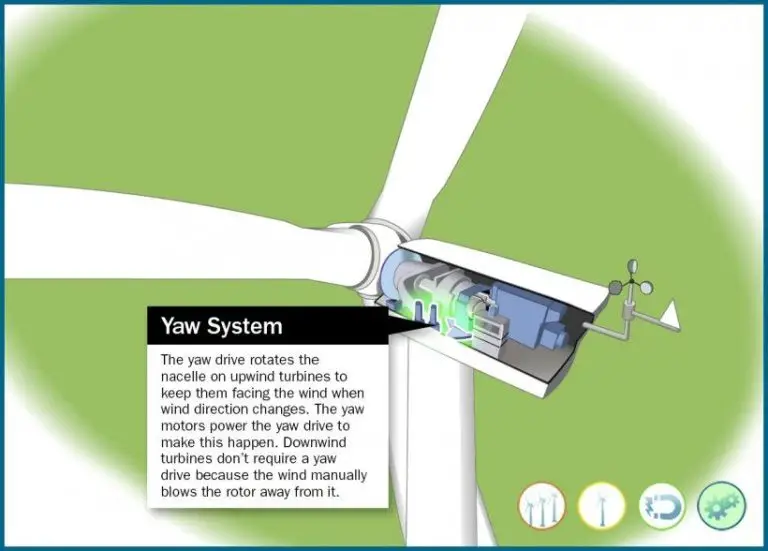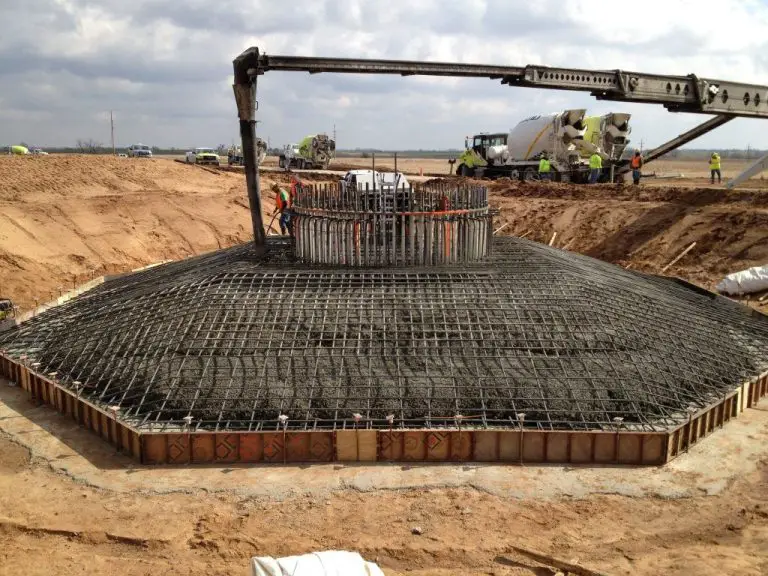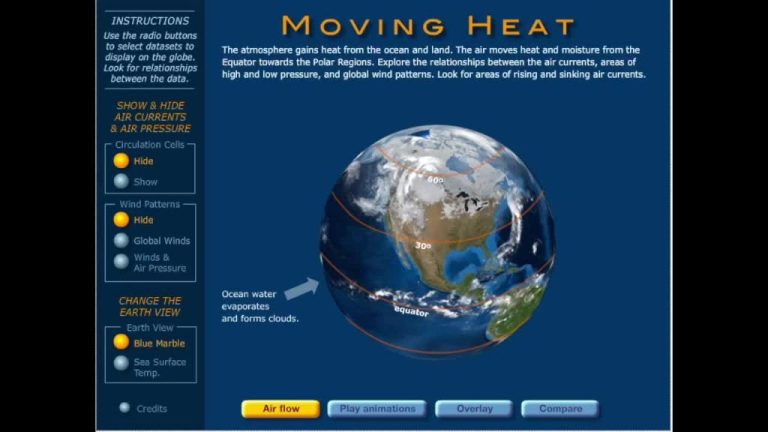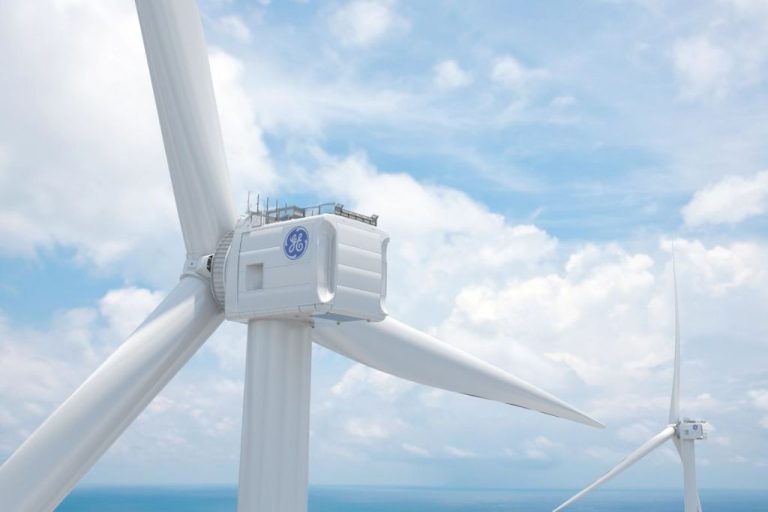Is Wind Renewable Or Perpetual?
When evaluating different energy sources, a key distinction is whether the resource is renewable or perpetual. What exactly is the difference, and where does wind power fit in?
A perpetual resource is one that is available indefinitely without being depleted. The core of the earth producing geothermal energy is an example of a perpetual resource. However, most energy sources are not perpetual.
A renewable resource is one that is naturally replenished, even if it can be depleted. Renewable resources regenerate and can be maintained over time. Common examples are solar, wind, hydropower, and biomass. Renewables stand in contrast to fossil fuels like oil, gas, and coal, which take millions of years to form and are not replenished on human timescales.
Wind energy is considered a renewable resource. Winds are mainly generated by the sun unevenly heating the atmosphere, oceans, and land masses. The sun’s heating of the earth maintains the winds and circulation of the atmosphere. As long as the sun shines, winds will continue to blow. The winds may vary over timescales from minutes to decades, but the resource persists indefinitely.
Wind’s Origins
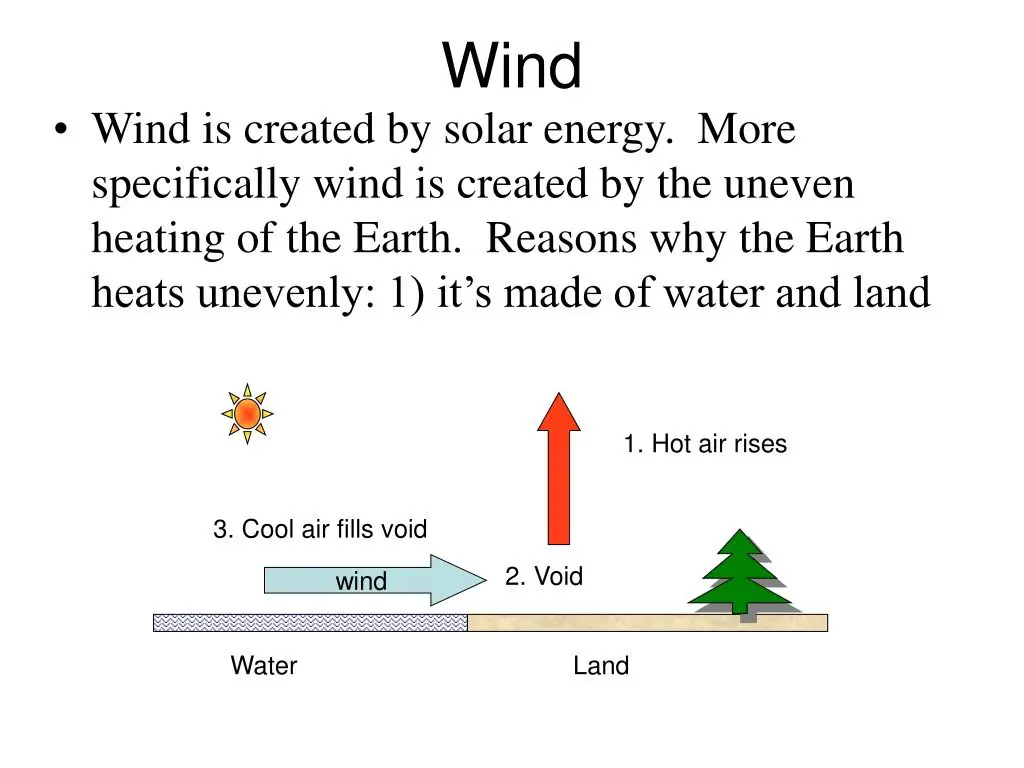
Wind originates from differences in air pressure caused primarily by the uneven heating of the Earth’s surface by the Sun. As the Sun’s rays strike the ground, they heat up the Earth’s surface. Some areas like deserts heat up more quickly than others like oceans. The air above the hotter surface expands and becomes less dense than the cooler air above the oceans. This difference in temperature and density causes the hotter, less dense air to rise while the cooler, denser air rushes in to take its place. This movement or convection of the air creates winds.
The rotation of the Earth also impacts global wind patterns. As air moves from high to low pressure zones, the rotation of the planet deflects the air, leading to curving wind patterns. The Coriolis effect describes this curvature of winds caused by the Earth’s rotation. So in summary, wind arises predominantly from convection currents produced by solar heating and is influenced by the Earth’s rotation.
Inexhaustibility
Wind originates from the heating of the earth’s surface by the sun. As the air at the equator gets heated, it rises and cool air rushes in to take its place, creating wind currents. This process is driven by the sun and is inexhaustible on human timescales. The sun will continue heating the planet for billions of years, constantly driving wind currents.
Unlike fossil fuels which take millions of years to form and are in limited supply, the sun’s energy and the resulting wind is available in unlimited quantities. We cannot “use up” or exhaust the wind in the foreseeable future. The wind flows whether we capture its power or not. As long as the sun shines, the wind will blow.
This makes wind an infinite resource for generating electricity. While the wind in one location may temporarily die down, the winds globally continue unabated. By diversifying locations of wind farms, consistent wind resources can be tapped indefinitely.
Renewability
Wind is considered a renewable energy source because it is naturally replenished. The wind that we use to generate electricity today is a result of solar radiation that heats different parts of the Earth at different rates. This heat difference causes air to circulate from high pressure to low pressure zones, creating wind currents. As long as the sun continues to shine, heat the Earth’s surface, and drive air circulation, we will have wind.
In contrast, fossil fuels like coal, oil, and natural gas are finite resources. They were formed millions of years ago from organic material that was buried and compressed under high heat and pressure. Once these fossil fuel deposits are extracted and burned for energy, they cannot be renewed on a human time scale. The wind, however, regenerates naturally through the process of atmospheric circulation driven by the Sun’s energy.
Intermittency
One of the defining characteristics of wind is its intermittent nature. Unlike conventional power plants that can provide steady, continuous power output, wind energy production depends heavily on weather conditions and can fluctuate greatly.
Wind speeds vary minute to minute, hour to hour, and day to day. Gusty winds can rapidly increase output one moment and die down the next. Seasonal wind patterns also impact production, with windier months generating more electricity than calmer times of year. Even wind farms spread over large geographic areas experience ups and downs in productivity.
Local topography also affects wind flow. Obstacles like hills and buildings create turbulence and steering effects. The placement of individual turbines matters too, since they can block airflow to units behind them if not properly spaced. Overall, the intermittency of wind makes it an unpredictable energy source. While technological advances help mitigate variability, the inherent inconsistency remains an issue compared to conventional baseload generation.
Global Wind Patterns
The Earth’s rotation and geography produce consistent wind patterns across the globe. Near the equator, the Northeast Trade Winds in the Northern Hemisphere and Southeast Trade Winds in the Southern Hemisphere blow from east to west. These steady tropical winds result from air circulation between the equator and the subtropical high pressure belts around 30 degrees latitude. At the equator, the intense heating creates an area of low pressure called the doldrums, where winds are light and variable.
Further north and south, between 30 and 60 degrees latitude, the Westerlies blow from west to east, driven by the temperature contrast between the poles and tropics. These mid-latitude winds are stronger in winter as the pole-to-equator temperature gradient steepens. Closer to the poles, polar easterlies blow from east to west, transporting cold polar air towards the equator.
While global wind patterns are consistent, they do shift seasonally based on the tilt of the Earth’s axis. The paths of the trade winds and westerlies move north in the Northern Hemisphere summer and south in the winter. Local terrain can also impact wind patterns, funneling winds through mountain passes or along coastlines.
Local Wind Variability
Wind speeds can vary significantly from one location to another, even over short distances. Local topography plays a major role in wind variability. Wind accelerates as it blows up slopes and hilltops. The wind slows down again as it descends into valleys. Obstacles like buildings and trees create drag that reduces wind speed. Bodies of water can create local winds like sea breezes along coastlines. Mountain ranges channel winds through gaps and passes. Local heating and cooling patterns create winds like valley breezes. Microclimates exist where wind speeds differ within a small region. Understanding local wind patterns is crucial for siting wind turbines and estimating power production.
Wind Power Technology
Harnessing the kinetic energy of wind and converting it into useful forms of power, like electricity, is made possible through wind turbines. Wind turbines are mounted on tall towers to take advantage of faster wind speeds at higher altitudes. The blades capture the wind’s kinetic energy and rotate a shaft connected to a generator that converts the rotational energy into electricity.
Wind turbine designs have evolved considerably over the past century, with modern turbines being larger, more efficient, and more reliable than early models. The power generation capacity of a wind turbine is directly proportional to the size or ‘sweep’ area of its blades. As a result, modern wind turbines can have capacities over 5 megawatts with rotor diameters exceeding 120 meters.
Utility-scale wind farms consist of many individual wind turbines connected together to produce large amounts of electricity. Wind farm sites are selected based on consistent, strong wind resources. Advances in turbine technology, control systems, and energy storage allow wind power to be a stable and reliable source of renewable electricity generation.
Renewable, Not Perpetual
When evaluating wind as an energy resource, it is important to distinguish between renewable and perpetual. Renewable energy comes from naturally replenished sources, while perpetual energy implies a constant, uninterrupted supply. Wind is renewable since it originates from the sun’s heating of the atmosphere and the rotation of the earth. The wind itself is not destroyed or exhausted in the process of generating electricity. However, the wind is variable and intermittent, meaning wind speeds fluctuate over time at a given location. Wind patterns differ daily as well as seasonally. So while wind will never run out, the rate of energy production depends on regional weather patterns and is not perpetual.
Conclusion
In summary, wind is a renewable energy source but not a perpetual one. Wind originates due to solar heating of the atmosphere and the rotation of the earth. While wind will never run out, it does fluctuate based on global wind patterns and local conditions. Wind turbines can harness wind to generate electricity, but output varies based on wind speed. Overall, wind power should be considered a clean, renewable energy source that reduces fossil fuel dependence. But it requires backup power sources for times when wind speed is low. With proper site selection and grid integration, wind power can play an important role in building a sustainable energy future.

